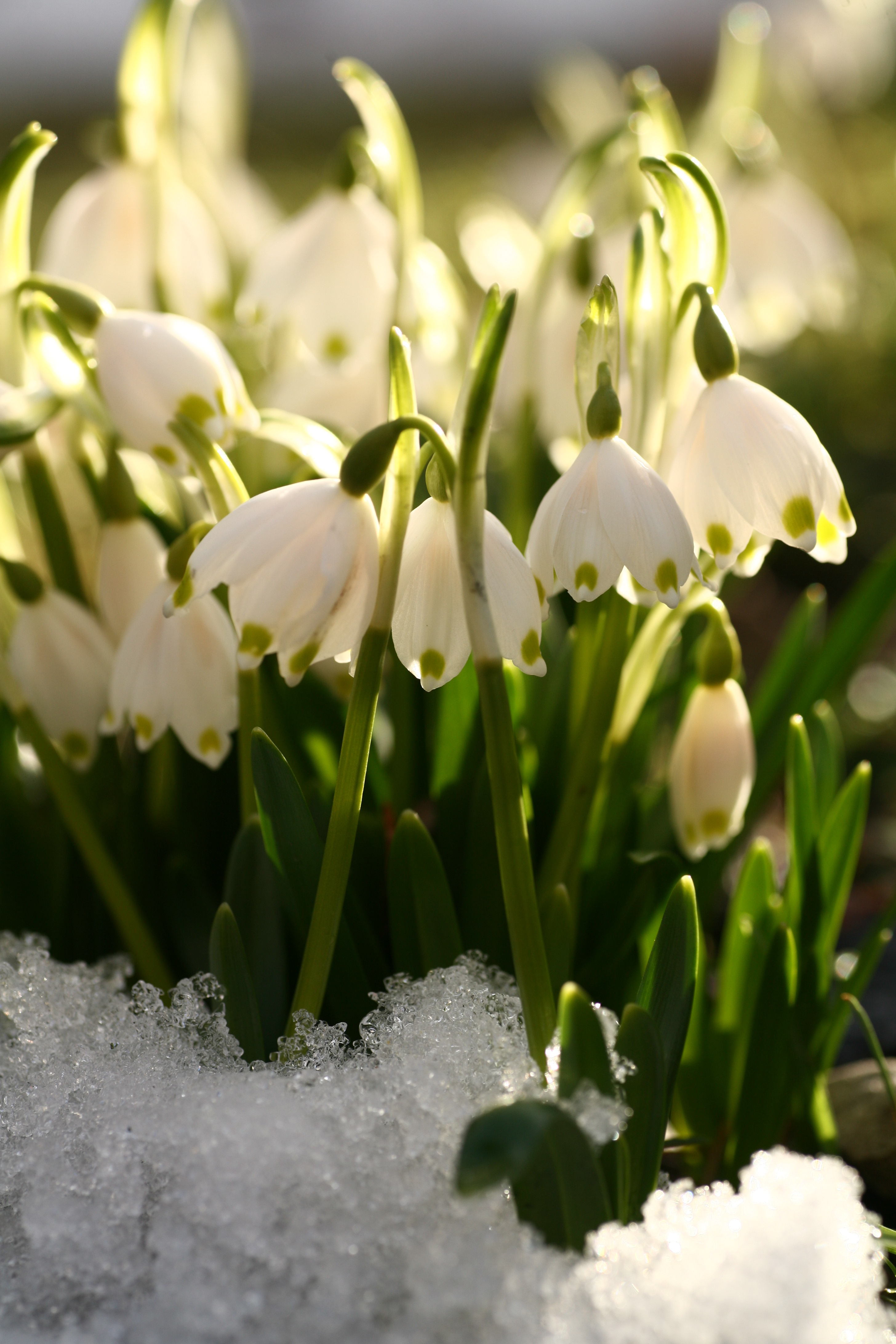Throughout this week, the 2014 Chelsea Flower Show has been in full bloom, and a number of exhibits are showcasing good examples of sustainable design.
One of this year’s gold medal-winning gardens is from debutant Hugo Bugg, whose waterscape garden shows how water management features that occur in the natural world can be replicated in bold and innovative ways. Mimicking the watershed, water is directed through the garden at different gradients and speeds. Bugg believes that Chelsea is the perfect platform to highlight water conservation and present solutions:
“Visitors will understand the concept of storm water management when they see the garden, because they will see how the water is being slowed and stored through the garden and they’ll see water levels dropping as they go through as that reflects water infiltrating into the ground.”
Another Chelsea exhibit, presented by the National Union of Students highlights the Student Eats programme, which has helped students from 23 UK universities to grow low-carbon, organic food on campus.
The Royal Horticultural Society itself is a keen advocate of sustainability, and its researchers at the University of Reading are looking into the role of plants in reducing urban temperatures, insulating buildings and enhancing green roofs.
In 2011, the RHS published a report on the potential impact of the domestic garden on urban quality of life. Among the benefits of urban greening highlighted by the report were:
- Improved air cooling, making it more bearable in towns and cities in hot weather
- Insulation of buildings by garden vegetation
- Improved air quality
- Storm water mitigation which helps to reduce garden flooding
- A source of habitats for wildlife
- Improved health for plants and people who garden more
In recent years, an alternative to the more conventional approach to gardening taken by the RHS has been promoted by urban guerrilla gardeners. These are volunteers who, without permission, target neglected public and private spaces and (often unlawfully) transform the environment through planting flora.
Unsurprisingly, this can sometimes bring the volunteers into conflict with police or local authorities. In the London borough of Southwark a group of guerrilla gardeners have been tending a neglected roundabout at the busy Elephant and Castle junction since 2004. The group is now opposing a proposal to regenerate the area, including demolition of the roundabout.
The issue raises wider questions about whether there is a right approach to improving neighbourhoods, and how to reconcile developers’ claims of regeneration with their opponents’ accusations of “social cleansing”.
On the map, Chelsea and Southwark are just over 3 miles apart, but they’re providing two very different examples of how the quiet practice of gardening can make a big noise in the wider world.
Further resources (please note you must be a member of the Information Service to view these articles)
Understanding guerrilla gardening: an exploration of illegal cultivation in the UK
Share
Related Posts
Supporting residents on the decarbonisation journey: leveraging data for effective retrofit projects
As the drive towards decarbonisation intensifies, the social housing sector’s ability to collect, store and manage vast amounts of data becomes increasingly critical. With a shared goal of creating warmer, carbon-free homes, housing associations’ strategic use of data is essential ....
The recent spikes in energy costs have thrown into sharp focus the challenge of heating our homes. Domestic heating is important, not just for our comfort and wellbeing, but to reduce humidity and prevent condensation. But because traditional heating systems ....
Tackling geographical inequalities is critical for ensuring that all parts of the country have the potential to prosper. When the UK was a member of the European Union, it was entitled to a share of funding from the EU’s structural ....
By Ian Babelon A new-old concept for proximity “Are we there yet?” Parents may patiently nod to their children’s insistent nudges on a 20-minute journey to… somewhere. Quite rightly, researchers have asked: twenty minutes to what? The answer may well ....

